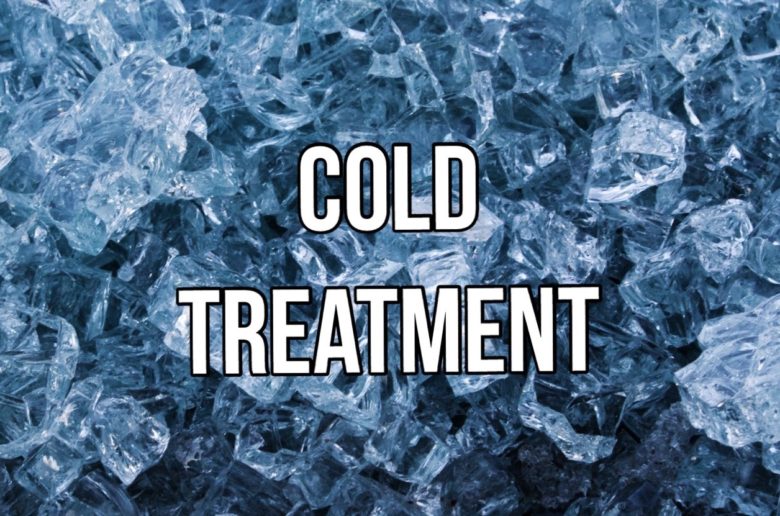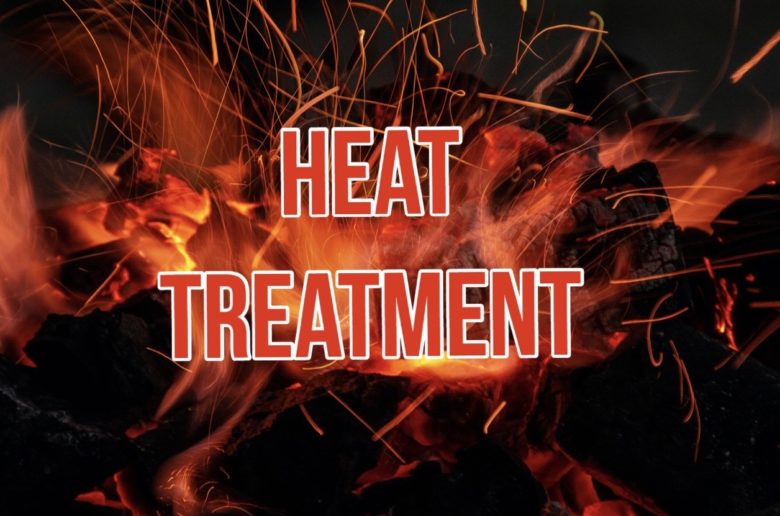
Strapping and Taping
IMPORTANT NOTE – IF YOU ARE OPEN TO SKIN INFECTIONS OR HAVE HAD A TAPE RELATED ALERGY PREVIOUSLY PLEASE MENTION, WHEN ENQUIRING FOR A BOOKING.
Pain Relief
Although it contains no medications or topical substances, kinesiology tape can effectively relieve both acute and chronic pain. Its stimulating effect on pain pathways provides a competitive stimulus that blocks pain signals going to the brain. This is especially effective for pain from “hot” injuries, where the intensity of the pain is out of proportion to the severity of the injury. Its elasticity lifts the skin slightly, which immediately reduces pressure on sensitive pain receptors under the skin.
Reduced Swelling and Inflammation
This applies not only to sports injuries, but also to post-surgical recovery and other inflammatory conditions, including lymphedema (severe swelling of the extremities.) Reduced pressure on the lymphatic drainage channels enhances removal of fluids and other materials that collect in an injured area.
Accelerated Recovery from Bruises and Contusions
The k-tape is applied in a fan pattern over the bruised area and the bruising is dissipated via the same lifting mechanism described below. One of the most dramatic effects of kinesiology taping is the removal of blood that accumulates under the skin due to bruising. Within a couple of days a distinct fan pattern can be seen where the tape was applied over a bruised area.
Prevents and/or Relieves Muscle Spasms and Cramping
Prevention or relief of spasms and cramps. Enhanced circulation improves delivery of oxygen and nutrients to overused or fatigued muscles.
Faster Recovery of Overused Muscles
Fatigued, overused muscles contain byproducts of exercise, (such as lactic acid) that contribute to pain and stiffness and limit the ability to continue exercising. When kinesiology tape is used over these areas, enhanced removal of these byproducts allows for faster recovery time. This could translate into improved performance in an endurance event or more complete recovery between repetitive, high intensity events, due to the improved delivery of oxygen via enhanced blood-flow.
Supports Injured Muscles and Joints without Restricting Range of Motion
The unique elastic properties and application techniques of kinesiology tape allow it to prevent restricting range of motion and provide support to injured muscles.
Allows Athletes to Remain Active while Injured
Arguably the the most important benefits of kinesiology taping for athletes who are competing. Depending on how it is applied, kinesiology tape can prevent either overstretching or over-contraction of injured muscles. When combined with its pain relieving and anti-inflammatory properties, this can allow athletes to continue training and/or competing while the injury heals.
Enhances Strength and Muscle Tone in Weak or Poorly-Toned Muscles
Inability to do the exercises that are critical to improve daily functioning my be due to certain neurological or muscular disorders which can make muscles weak Kinesiology tape not only provides support to these muscles, but it can also improve muscle activation, allowing therapeutic exercises to be carried out more effectively. A simple application of kinesiology tape can improve assist in better posture and improve mobility.


What is cold treatment?
This is primarily used to reduce swelling at the early stages of an injury, known as the acute and sub-acute phase.
Placing an ice pack on an acute injury immediately helps to reduce pain and swelling because ice is a vasoconstrictor. Blood vessels narrow and reduces internal bleeding at the original site of the injury.
Injuries commonly treated through cold treatment –
- Runner’s knee.
- Tendonitis.
- Sprains.
- Arthritis pain.
- Pain and swelling after a hip or knee replacement.
- To treat pain or swelling under a cast or a splint.
- Lower back pain.
What is heat treatment?
The aim of this is to improve circulation and blood flow to a particular area due to increased temperature.
Increasing the temperature of the afflicted area even slightly can soothe discomfort and increase muscle flexibility. Heat therapy can relax and soothe muscles and heal damaged tissue.
Injuries commonly treated by heat therapy –
- chronic injuries or injuries that have no inflammation or swelling.
- Sore or stiff areas
- nagging muscle or joint pain is ideal for the use of heat therapy